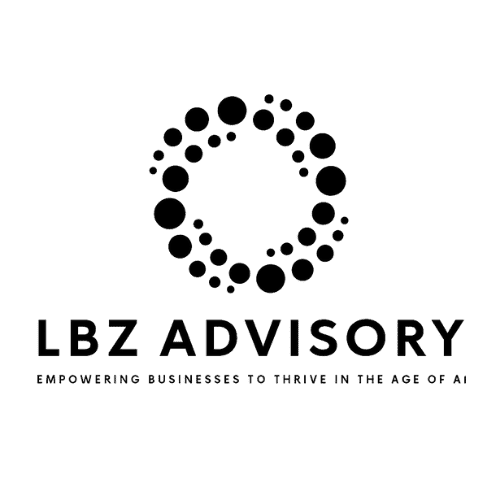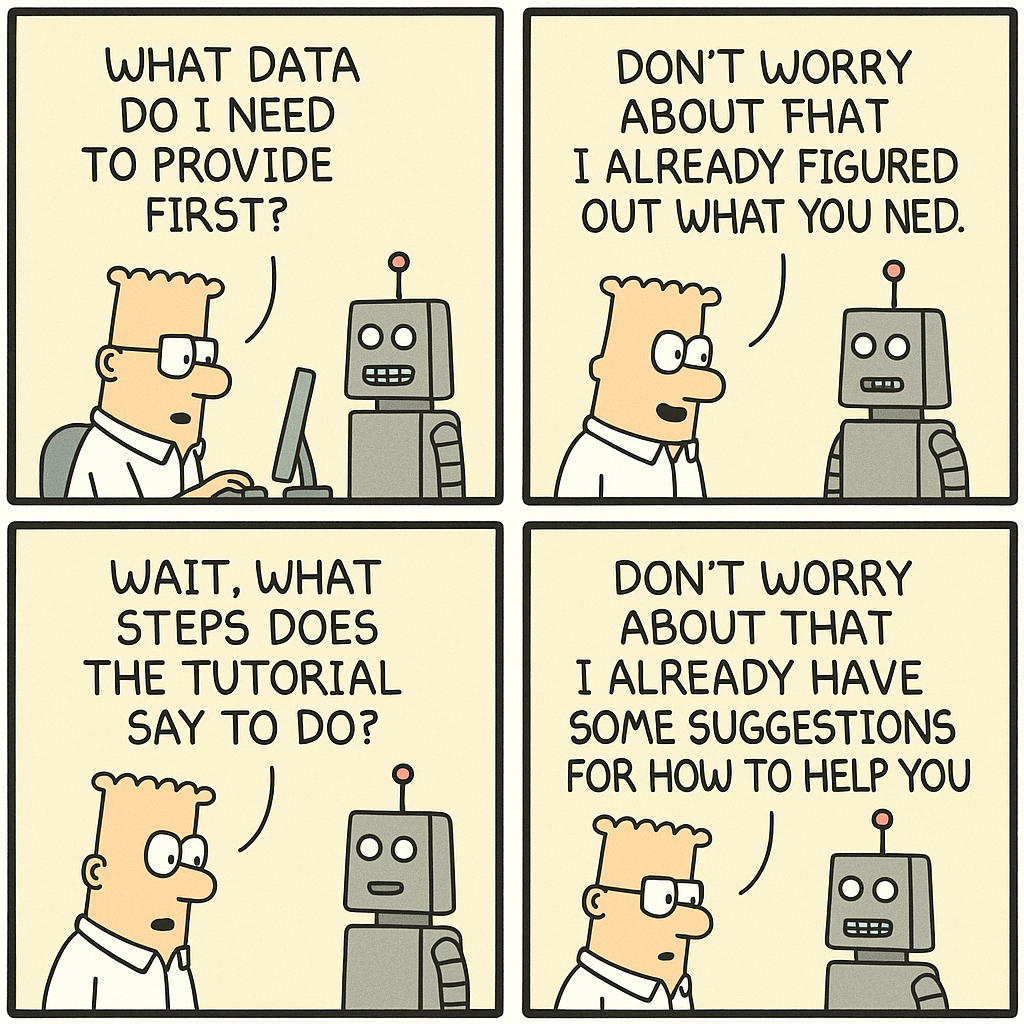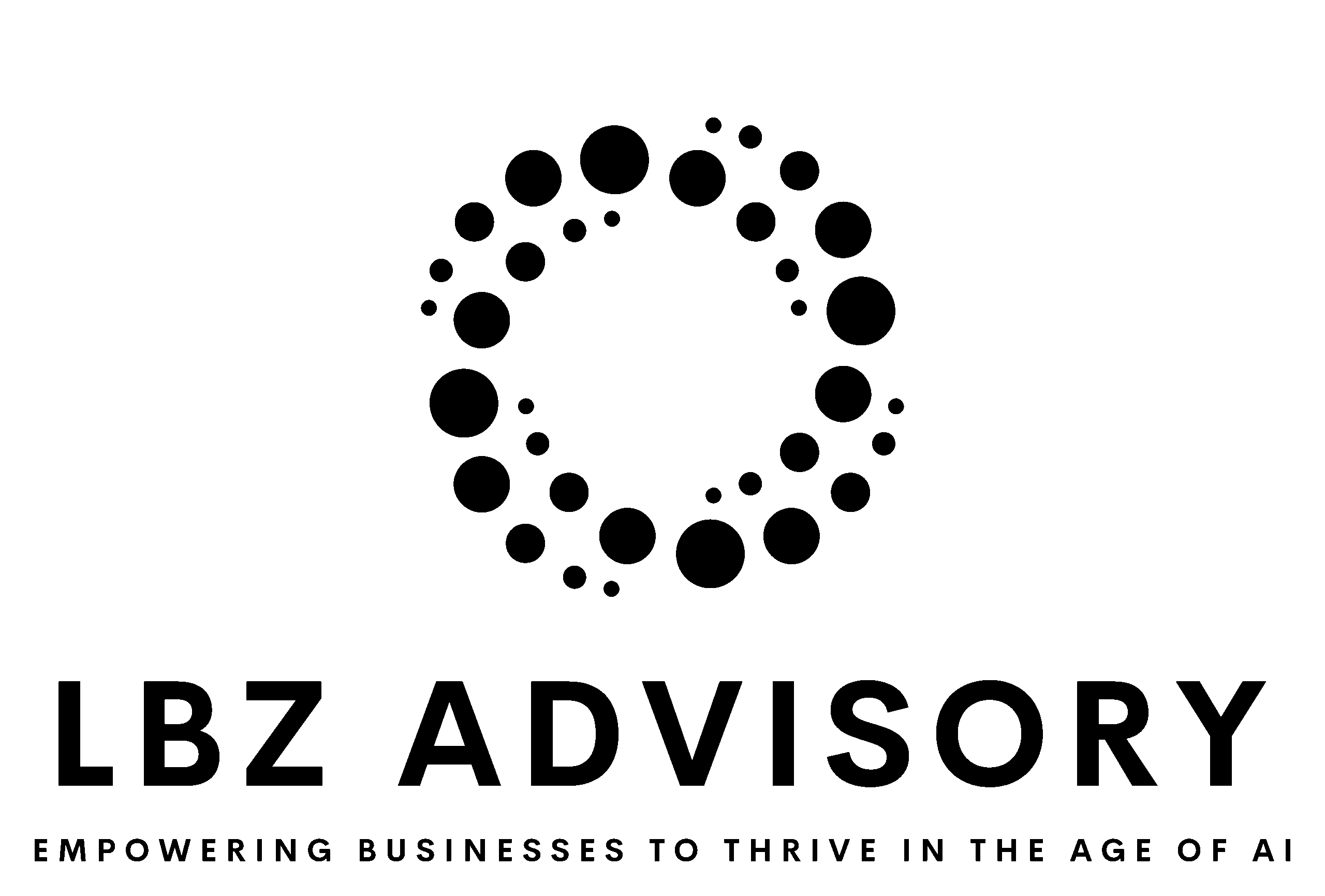While peeing on a fire hydrant might seem far removed from a boardroom presentation, the underlying psychology of territory marking extends surprisingly well into the corporate world. Just like dogs, humans have an innate desire to establish their place within a social hierarchy, and subtle behaviors can reveal this primal drive at play.
Make no mistake – the primal urge to mark one’s territory is alive and well, especially in corporate politics.

Corporate Equivalent of a Lifted Leg
Forget urine-soaked lampposts; in the office, territory marking takes on more nuanced forms. Here are some common ways colleagues stake their claim:
- Information is Power: Hoarding knowledge or selectively sharing it can be a way to establish expertise and control. This “information asymmetry” empowers the individual and reinforces their perceived value. It’s the office equivalent of burying a bone in the backyard.
- Selective Sharing: Sharing information strategically only with trusted allies or those deemed “worthy,” creating a power dynamic and excluding others from key knowledge. It’s about dispensing morsels of knowledge to a select few, often creating an in-group and an out-group, much like high school.
- Taking Credit for Shared Work: Minimizing the contributions of hard working colleagues during presentations or discussions, subtly claiming ownership of jointly conducted research.
- Public Displays of Ownership: Frequently mentioning “my project” or “my team” during meetings,emphasizing individual ownership and downplaying collaborative efforts. It’s like marking every tree in the forest.
- Verbal Posturing: Strategic name-dropping, confident assertions, and subtle power plays in meetings are all ways to verbally mark territory and project dominance.
- Micromanaging Tasks: Tightly controlling every aspect of a project,delegating only menial tasks, and resisting feedback. This creates a sense of personal ownership and downplays the contributions of others.It says, “This is mine, and only mine,” even when it’s clearly not.
Women may be particularly attuned to these dominance behaviors (often coming from male colleagues):
- Interrupting and Talking Over: Dominating conversations, interrupting women mid-sentence, and using louder voices to establish dominance and control the flow of information. It’s like a dog barking over the yips of a smaller dog. It’s not so much a conversation as it is an auditory land grab.
- Mansplaining: Explaining well-understood concepts to women in a condescending manner, reinforcing gender stereotypes and undermining their expertise. This one is more common than many of you realize.
- Attributing Ideas to Themselves: Rephrasing or rewording ideas voiced by women and presenting them as their own, subtly claiming credit for the intellectual contribution. It’s akin to watching someone walk off wearing your coat, claiming it looks better on them. It’s not just the idea they’re taking; it’s the recognition, the nod of approval, the metaphorical pat on the back.
The Detrimental Impact of Excessive Territory Marking in the Workplace: Beyond the Obvious
While the desire to establish one’s place within a social hierarchy is natural, excessive territory marking in the office can quickly morph from harmless self-assertion to a major detriment to both individual and team success. Here’s a deeper dive into how this behavior unfolds and its far-reaching negative consequences:
1. Hinders Collaboration: From Silos to Stagnation:
- Information Silos: When knowledge becomes a weapon instead of a shared resource, colleagues hoard information,creating information asymmetry. This restricts the free flow of ideas, hinders cross-pollination of expertise, and stifles innovation. Projects suffer from a lack of diverse perspectives, leading to suboptimal solutions and missed opportunities.
- Personal Fiefdoms: When projects become “mine” instead of “ours,” collaboration takes a backseat.Individuals become possessive,resisting delegation and downplaying shared contributions. This erodes trust within teams, discourages knowledge sharing, and ultimately harms project outcomes.
- Fear of Failure: In an environment where territory marking thrives,individuals shy away from taking risks or sharing unconventional ideas for fear of upsetting the power dynamics or stepping on someone’s “turf.” This stifles creativity and experimentation,leading to stagnation and missed opportunities for growth.
2. Breeds Silos and Conflict: From Competition to Chaos:
- Us vs. Them Mentality: Excessive territory marking fosters a “silo mentality,” dividing teams and departments into isolated units competing for resources, recognition,and credit. This breeds unhealthy competition, hinders cross-functional collaboration, and ultimately weakens the organization as a whole.
- Zero-Sum Game: When colleagues view success as a finite resource, a “win-lose” mentality takes root. This leads to destructive competition,finger-pointing, and blame games,eroding team spirit and hindering collective progress.
- Conflict and Toxicity: Constant competition and the struggle for dominance create a tense and toxic work environment. This leads to increased conflict, reduced morale, and decreased productivity, further hindering progress and employee well-being.
3. Discourages Open Communication: From Hesitation to Hindrance:
- Fear of Retaliation: In a territory-marked landscape, challenging dominant voices or questioning established practices can be perceived as stepping on toes. This fosters a culture of fear and hesitation, where individuals avoid voicing concerns or offering constructive criticism for fear of repercussions.
- Silenced Voices: When certain individuals dominate conversations or claim absolute expertise, others,particularly those lower in the hierarchy or from marginalized groups, may feel their voices are not valued or heard.This leads to suppressed opinions,missed perspectives, and ultimately,suboptimal decision-making.
- Echo Chambers: When open communication is discouraged,information and ideas get filtered through the lens of existing power dynamics. This creates “echo chambers” where dissenting voices are ignored, leading to biased decisions and missed opportunities for improvement.
Remember, a truly successful workplace thrives on collaboration, open communication, and a healthy exchange of ideas. By recognizing and addressing the detrimental effects of excessive territory marking, we can foster an environment where everyone feels empowered to contribute, leading to collective success and individual growth.
Navigating the Marked Landscape: Strategies for Leaders
While the presence of territory marking in the office can be unavoidable, understanding its dynamics and potential pitfalls empowers leaders to navigate this complex landscape more effectively. Here’s how:
- Foster Psychological Safety: Create a work environment where everyone feels safe to share ideas, ask questions, and raise concerns without fear of judgment or retaliation. This can be achieved through open communication channels, active listening, and zero-tolerance policies for bullying or intimidation.
- Celebrate Diverse Perspectives: Encourage and actively solicit diverse viewpoints in meetings, projects, and decision-making processes. This can involve diverse hiring practices,implementing team rotation programs,and actively valuing contributions from all team members.
- Reward Collaboration: Recognize and reward collaborative efforts publicly.Create team-based incentives and highlight successful projects that showcase teamwork and knowledge sharing.
- Promote Transparency: Encourage information sharing across teams and departments. Utilize tools like shared documents, knowledge repositories,and cross-functional meetings to ensure everyone has access to relevant information.
- Set Clear Expectations and Boundaries: Clearly define team structures, project ownership, and communication channels to avoid ambiguity and potential territorial disputes. Encourage healthy competition while emphasizing the importance of collective success.
In short, while we may not be sniffing fire hydrants or scratching at trees, the office is still a jungle, and the game of territory marking is very much afoot.
But a harmonious work environment, like a well-socialized dog park, thrives on mutual respect and clear boundaries. By working together, we can ensure everyone feels valued, empowered, and free to contribute their best work, leaving the metaphorical lamppost marking to our four-legged friends.
















